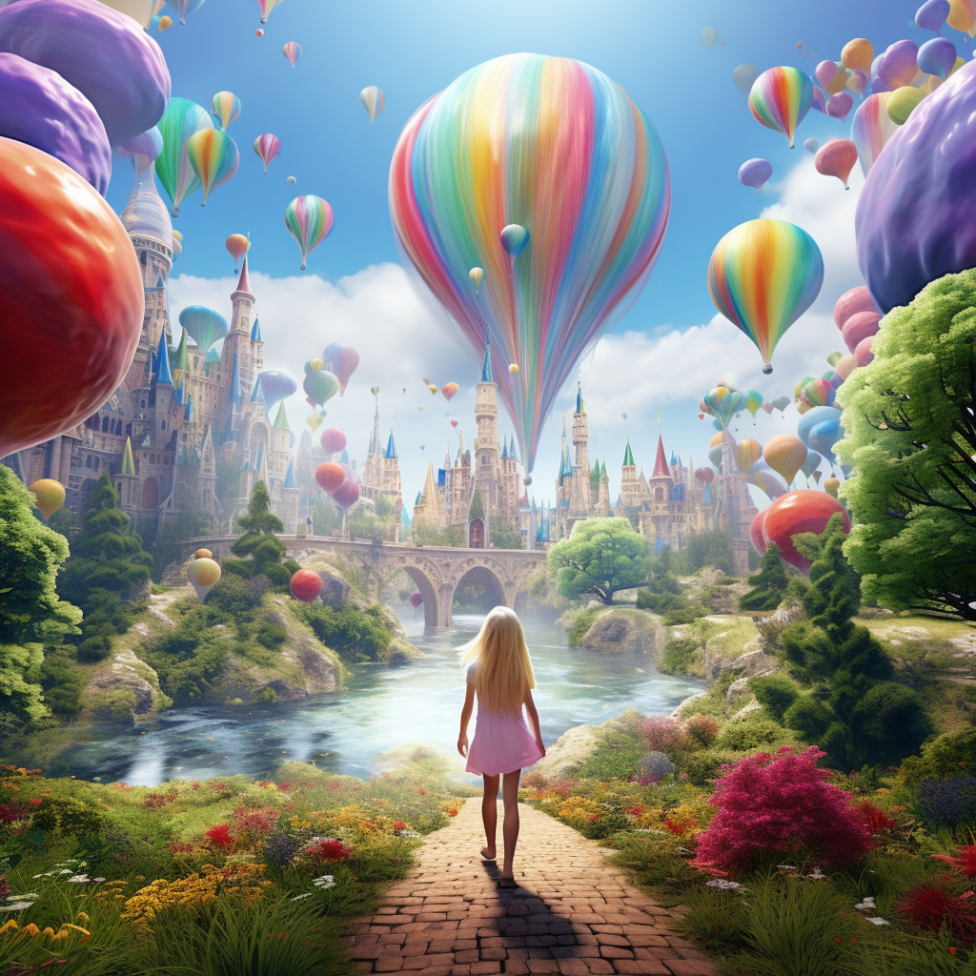Colors have an incredible power to influence our emotions and perceptions, transforming the way we experience the world around us. From the soothing embrace of cool blues to the vibrant energy of warm reds, the psychology of color is a fascinating subject that continues to captivate researchers, designers, and individuals alike. In this blog post, we delve into the profound effects that colors can have on our moods and explore how we can harness this knowledge to create environments that promote well-being and positivity.
The Warm Embrace of Reds and Yellows:
Warm colors such as reds, oranges, and yellows are known for their ability to evoke feelings of warmth, energy, and passion. Red, in particular, is often associated with love, intensity, and even a hint of danger. Studies suggest that exposure to red can increase heart rate and stimulate appetite. Meanwhile, the sunny hues of yellow are linked to happiness, optimism, and creativity. Incorporating these warm tones into your surroundings can infuse a sense of vitality and positivity into your daily life.
The Serenity of Cool Blues and Greens: On the opposite end of the spectrum, cool colors like blues and greens are renowned for their calming and tranquil effects. Blue, often associated with the vastness of the sky and ocean, promotes a sense of stability, trust, and serenity. Green, reminiscent of nature, is linked to feelings of balance, renewal, and harmony. Surrounding yourself with these cool tones can create a peaceful and stress-relieving environment, making them ideal choices for bedrooms, offices, or meditation spaces.
The Subtle Influence of Neutrals:
Neutral colors, including whites, grays, and earth tones, possess a timeless and versatile quality. White, representing purity and cleanliness, can create a sense of simplicity and clarity. Earthy tones like browns and beiges evoke a connection to the natural world, fostering a feeling of groundedness. Neutrals serve as a perfect backdrop, allowing other colors to shine or creating a calming atmosphere when used on their own.
The Energetic Vibes of Vibrant Hues:
Bold and vibrant colors, such as magenta, turquoise, and electric yellow, inject energy and excitement into a space. These hues can be invigorating and uplifting, making them excellent choices for spaces where creativity and stimulation are encouraged. However, it's crucial to strike a balance, as too much intensity can lead to overstimulation and may not be suitable for relaxation or focus.
Personal Preferences and Cultural Influences:
It's essential to recognize that individual reactions to colors can vary based on personal experiences, cultural backgrounds, and even age. While certain colors may have universal associations, cultural differences can shape our perceptions and responses. Additionally, personal preferences play a significant role, so it's crucial to pay attention to how specific colors make you feel and adjust your surroundings accordingly.
Incorporating a thoughtful selection of colors into your living spaces can profoundly impact your mood and well-being. Whether you're seeking relaxation, energy, or focus, understanding the psychology of color empowers you to curate environments that align with your emotional needs. Experiment with different color palettes, be mindful of your personal preferences, and embark on a journey to paint your world with emotions that enhance your daily experiences.


